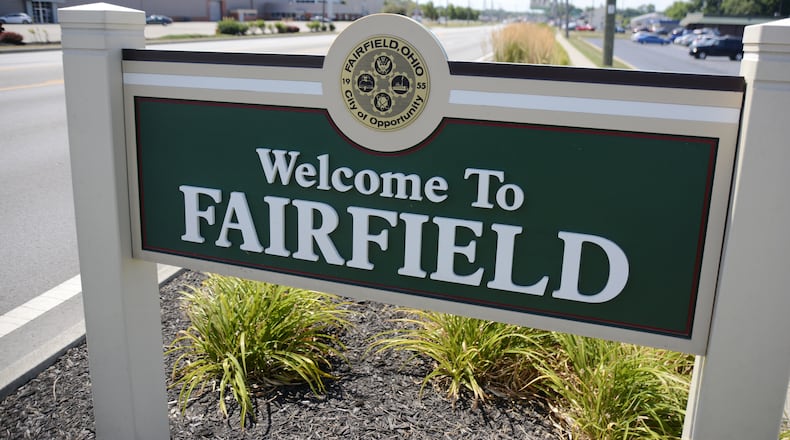The special assessment is not a new tax, but rather an alternative way to pay for the improvements, said Nathaniel Kaelin, Fairfield economic development manager. While this is a tool to help private businesses, he said it also helps the city.
“When folks invest in their buildings, it means they’re here to stay and our buildings are able to attract and retain good quality tenants longer,” Kaelin said.
Development Services Director Greg Kathman said if the project is accepted by the city and an Energy Special Improvement District (ESID) board, the property owner is agreeing to pay a higher tax via the special assessment. Fairfield has been invited to join the I-75 ESID, which includes Monroe and Liberty Twp.
“Most of the tax bill gets distributed to the normal places ― schools, city, county, library, etc. ― but the special assessment amount gets collected and, for PACE projects, eventually gets distributed back to the lender that loaned the funding for the project.”
A project could consist of energy-efficiency improvements, such as with HVAC, lighting, and roofs, windows and insulation. They can also apply this to projects that would lead to improved energy efficiency, like alternative energy improvements, such as solar, wind, and geothermal; or water efficiency improvements.
In order to use this economic development tool authorized by the Ohio Revised Code, the city must create or join an ESID, which is a non-profit corporation with its own board and budget. The city will have two board members on the I-75 ESID, one appointed by City Council and one appointed by the city manager.
If City Council decides to incorporate this economic development resource ― and city officials said there’s one project already interested in PACE financing ― there are some legislative actions needed, including formally joining the I-75 ESID. Once formally in, Kaelin said the city can market this program to local companies and developers.
The way the ESID program works is the district and the city must approve the project, then the project will be completed with a loan from a private lender. That loan must be secured and backed by the assessment, according to the city.
The property owners then pay the special assessment on the property tax bill over time. The county then transfers the assessment funds to the city, who in turn transfers the assessment funds to the lender to repay the loan.
Kaelin said companies are interested in this program because it reduces upfront and out-of-pocket expenses for companies, and spreads the cost of the improvements over 15 to 25 years. Assessment runs with the land, which reduces the burden on a company’s balance sheet.
“You don’t have the loan on your entire balance sheet,” Kaelin said. “You just have that annual payment you’re making with your taxes each year.”
Kathman said there is a company interested in this program, if it’s approved by the city.
“We have an industrial prospect, an existing company here in town that is looking at a project, an expansion project that they are hoping to use PACE financing on,” he said. “We hope that it will come to fruition later this summer.”
About the Author

